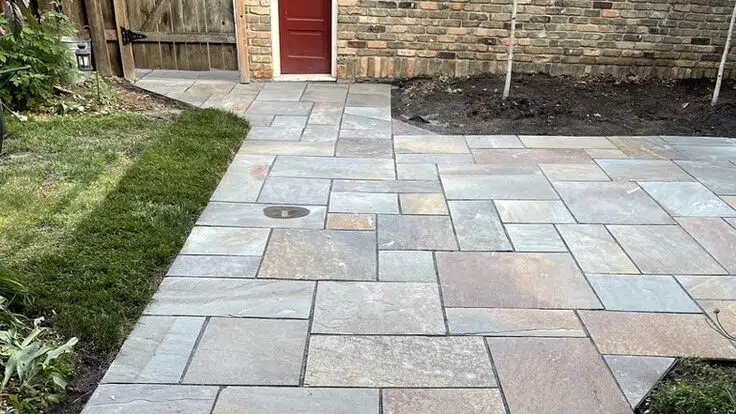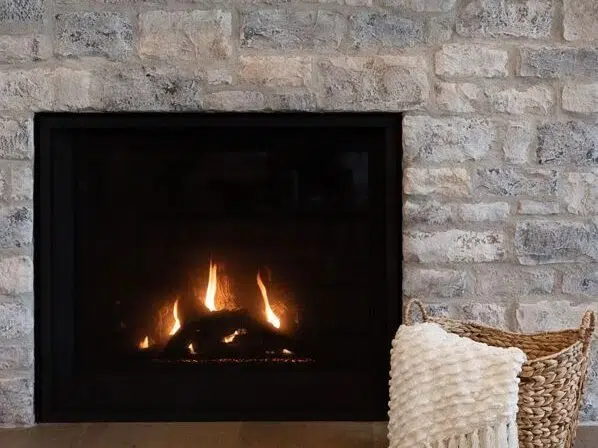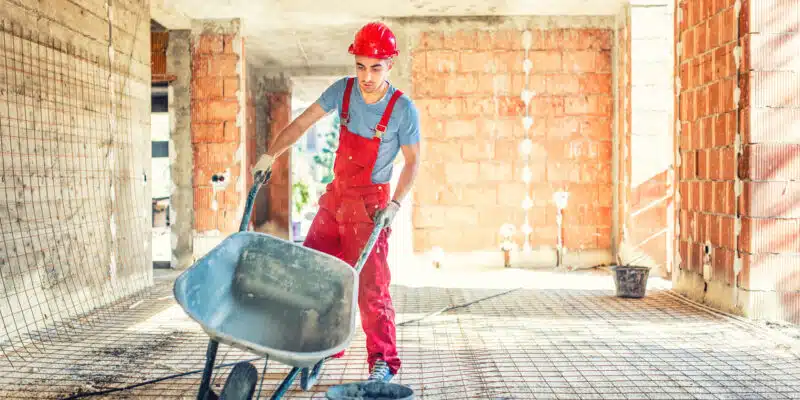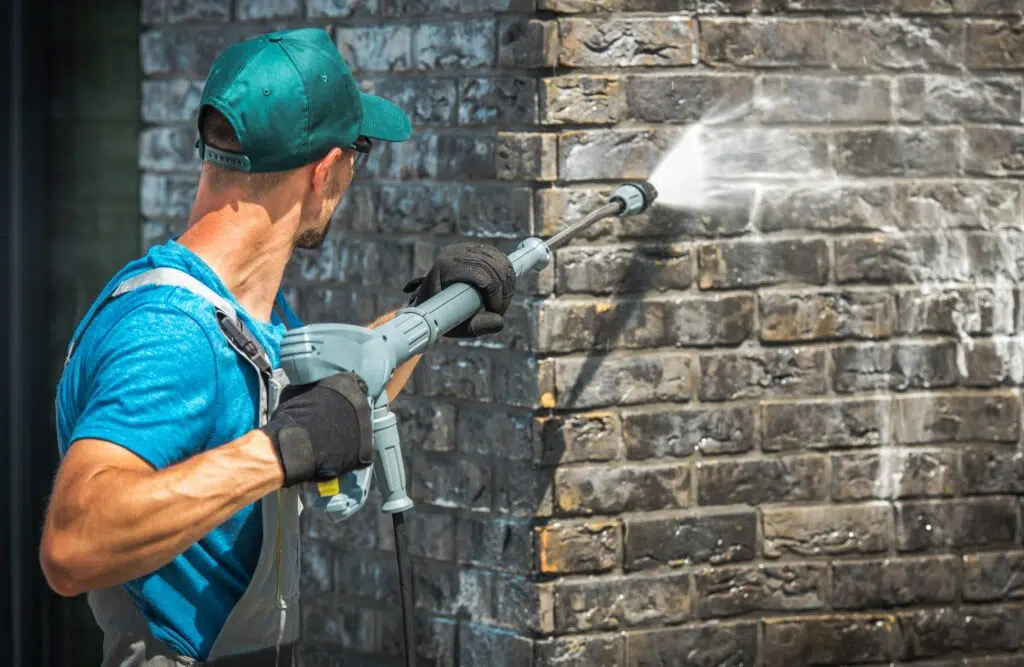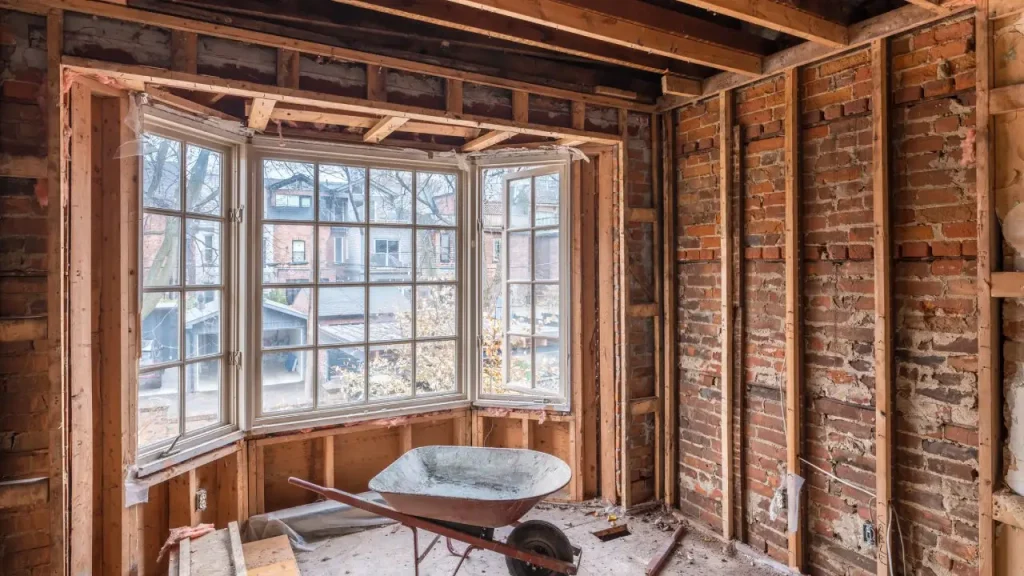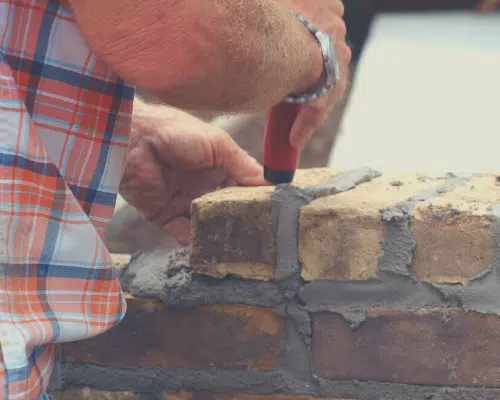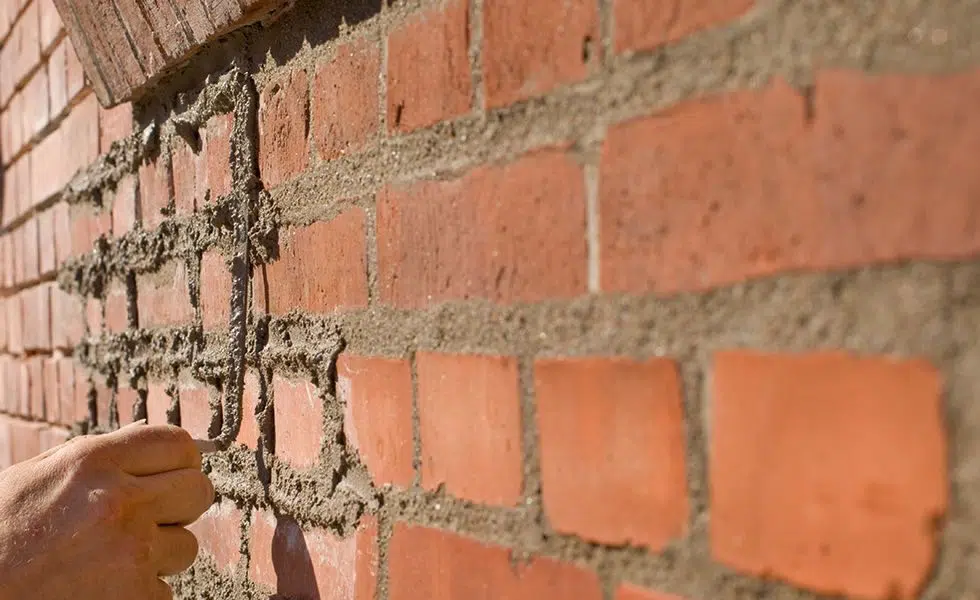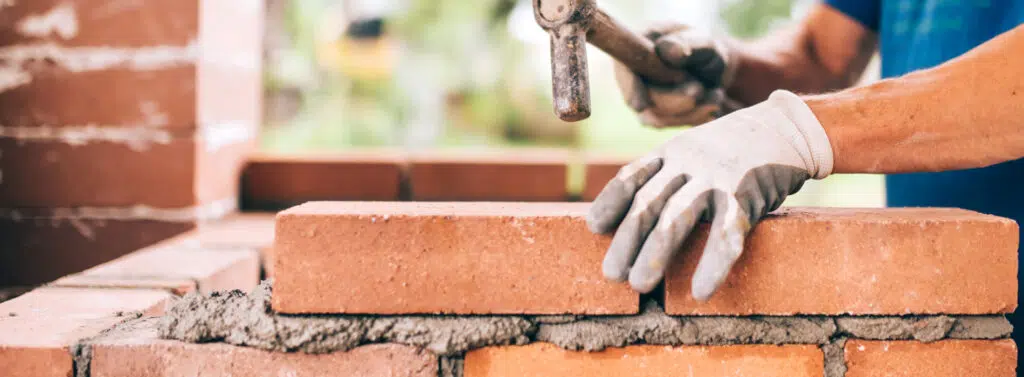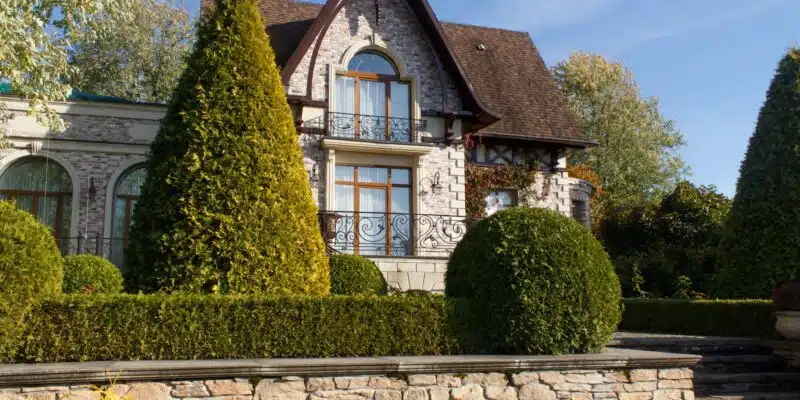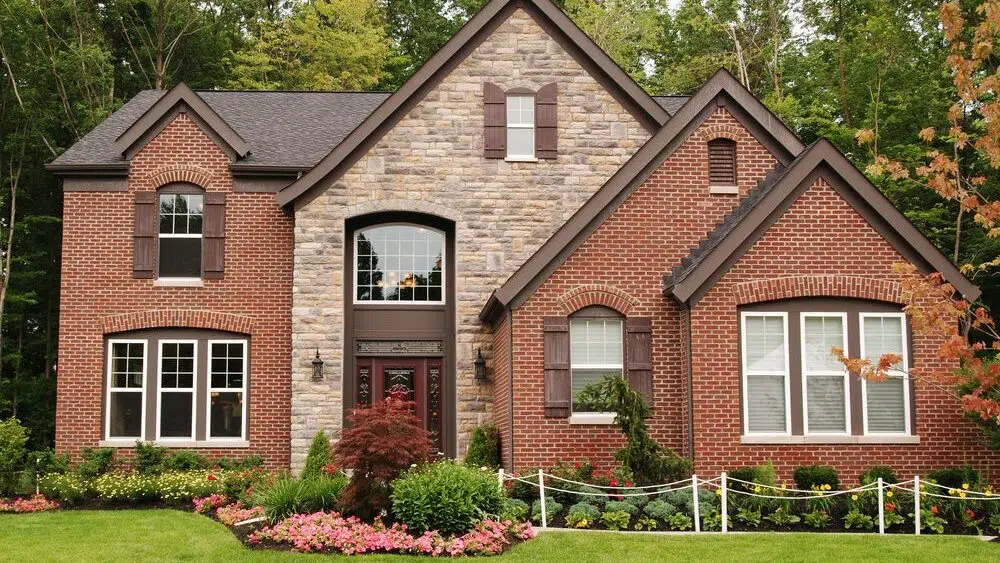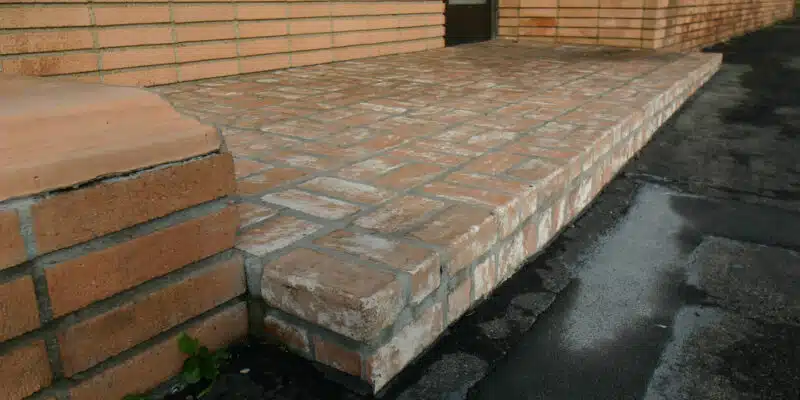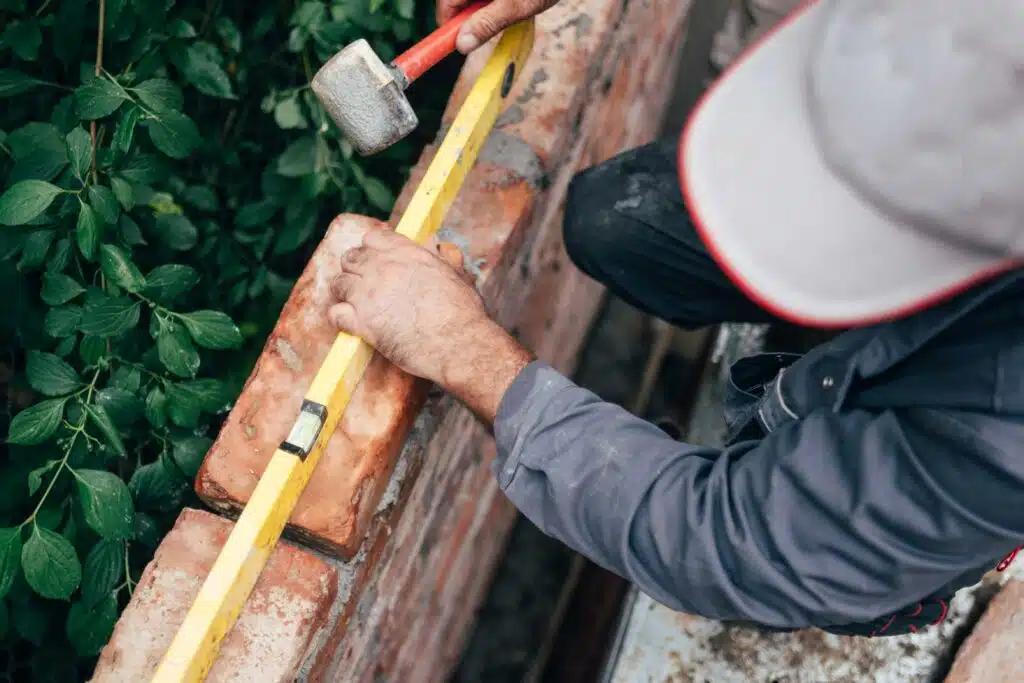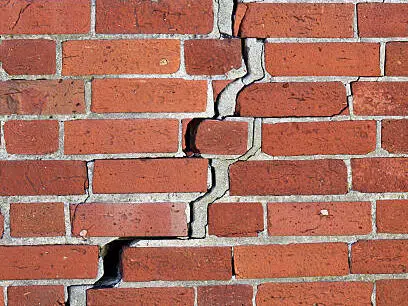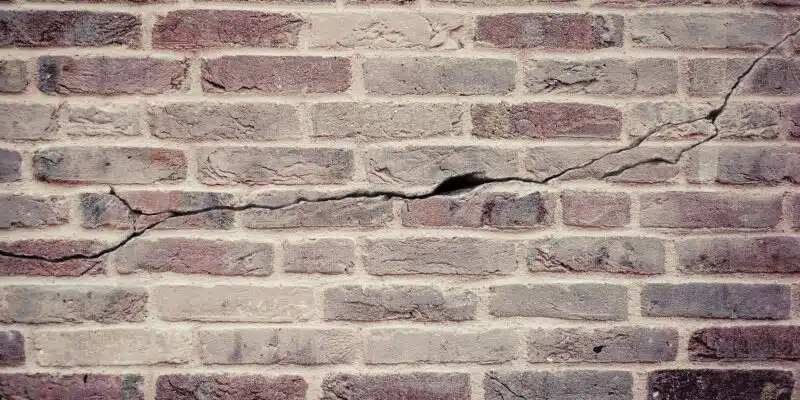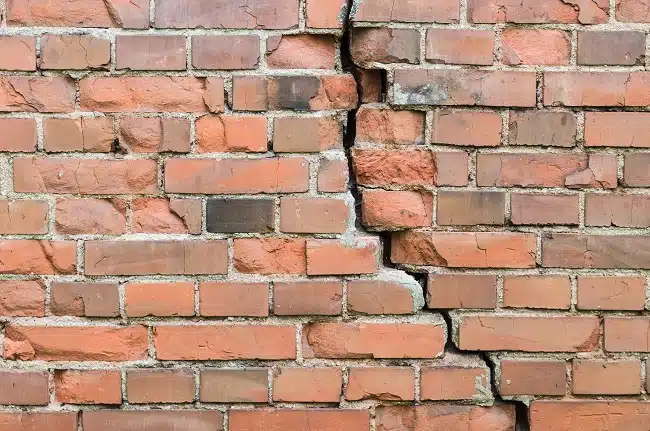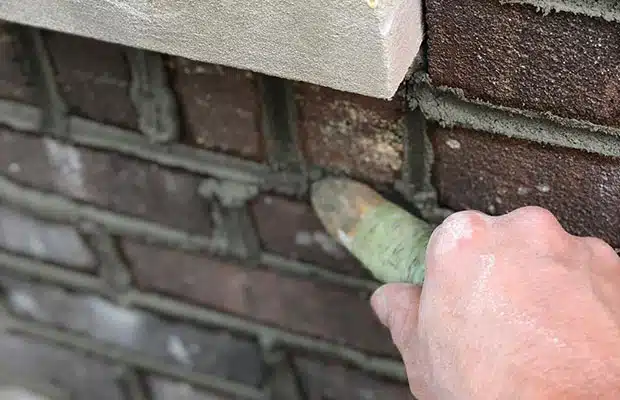Importance of Custom Masonry Maintenance
Preserving your custom masonry investment? Here’s how. Check the mortar, caulk, and bricks for damage regularly. Clean with pH neutral agents. Avoid scrubbing. For damaged material, call a professional. Get cracks fixed to prevent water seeping in. Adds value and extends the structure’s life. Masonry maintenance isn’t as fun as a roller coaster ride, but it costs less than fixing a crumbling facade.
Tips for Maintaining Custom Masonry
To keep your custom masonry investment looking new, you need to maintain it with some crucial tips. Regular cleaning, inspection, and repair are the keys to keeping your masonry in good condition. Besides, using sealants and waterproofing, managing landscaping, and drainage can prevent further damage. For more professional maintenance services for your masonry, follow the listed sub-sections.
Regular Cleaning and Inspection
Regular inspection and cleaning of your custom masonry is necessary. Here’s a six-step guide to help you out:
- Assess the condition of your masonry.
- Investigate cracks or damage in mortar joints.
- Opt for specialty cleaners for your masonry surface type. Avoid harsh chemicals as they may cause discoloration or damage.
- Gently scrub dirt from your masonry with a soft-bristle brush.
- Rinse off all residue with water.
- Inspect areas that need more attention and repair them fast.
Also, repaint your masonry every 5-10 years. This adds another layer of protection and keeps it looking great.
Don’t ignore maintenance – get your custom masonry sorted today!
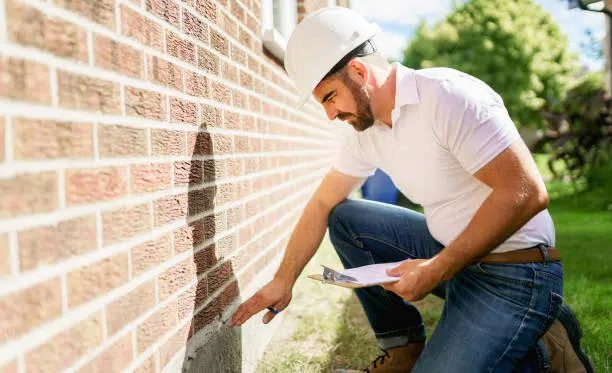
Repair or Replace Damaged Masonry
Maintaining custom masonry is key. Address damage quickly and effectively. Fix or replace compromised parts. Ignoring repairs can lead to expensive and risky issues.
If cracks, crumbling mortar, or loose bricks are visible, take action right away. Repair options depend on the damage. Patching or replacing pieces is a possibility.
Preventative measures can prolong masonry’s life. Seal surfaces with a waterproof coating. Regularly inspect for potential trouble spots.
Pro Tip: Inspect and address masonry issues to avoid costly repairs in the future! Seal it up with waterproofing for a leak-free experience.
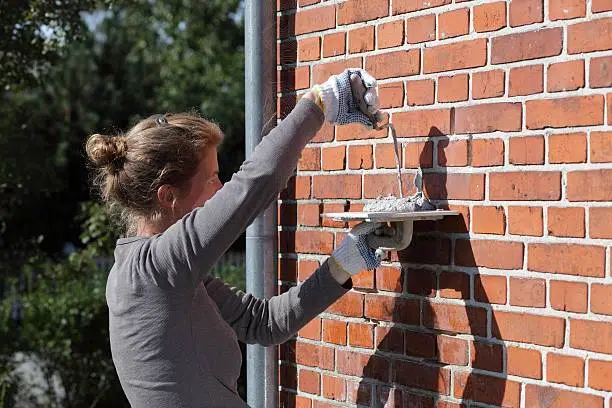
Sealants and Waterproofing
Protecting custom masonry is key for making it last. Sealants and waterproofing are important for this. Here are four points to remember:
- Silicone-based sealants with UV resistance can stop cracking and discoloration.
- Use water repellent coating that won’t trap moisture.
- Focus on sealing spaces where moisture can get in.
- Make sure there’s proper ventilation during application.
A masonry specialist is the best choice for getting the job done right.
It’s essential to follow exact steps and inspect the area before doing any work. Otherwise, water damage can be costly and hard to fix.
A homeowner once tried to seal their chimney with store-bought products. No advice from a pro was sought. This led to water getting into the attic space. The repair costs were far higher than if they’d hired a professional from the start.
So, properly sealed custom masonry is important for keeping your yard in top shape!
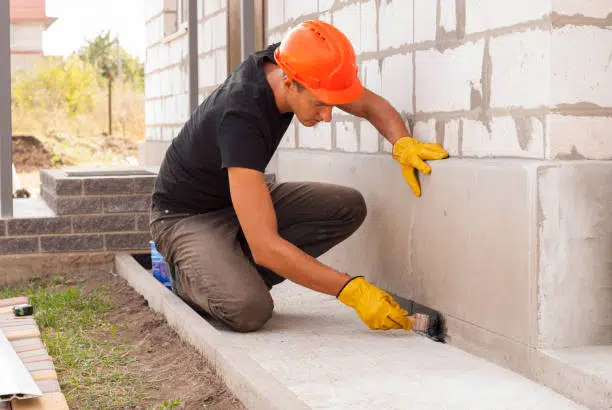
Landscaping and Drainage Management
Managing masonry setup terrain and fluid flow is essential for its endurance. Landscaping and proficient drainage management can avoid moisture and erosion. This shields masonry surfaces from water seepage, which can cause cracks and fading of finishes, keeping its aesthetic appeal.
Masonry’s advantages stay safe under environmental stressors when relevant maintenance measures are taken. Sloping grade of the land and precise placement of drainage structures based on civil engineering instructions should be aligned to avoid water stagnation.
This design isn’t only beneficial for masonry, but it also has an overall sound environmental conservation approach. It offers low-maintenance needs and natural greenery to your space.
Masonry magazine reports that 60% of homeowners seek to upgrade their homes’ landscaping due to the various benefits. Leave it to the professionals – don’t attempt DIY masonry maintenance unless you want your walls to look like Swiss cheese!
Professional Masonry Maintenance Services
Masonry structures need regular care to keep them looking and lasting great. To achieve this, Preservation Masonry Services can be used. These professionals provide a range of services such as inspection, cleaning, and repair. This guarantees the structure will remain solid and can handle environmental elements.
Expert custom masonry needs special care so that the details stay intact. Preservation Masonry Services have experience in dealing with unique restoration challenges so the structure keeps its consistency. Professional services ensure optimal protection and maintenance for custom masonry.
In addition to expert services, simple solutions can also be used to maintain masonry. 1. Inspecting the structure often is vital as it helps discover developing issues like cracks before they become worse. Keeping the area clean is key – use a soft bristle brush or pressurized water washing machine to remove dirt and debris.
Sealing any openings on surfaces like fireplaces prevents water damage and mold formation. Always use sealants and detergents specifically designed for your particular structure when doing DIY repairs or cleaning. Such products stop reactions which can weaken and ruin custom features.
Combining professional preservation with personal efforts ensures custom-built masonry is long lasting and retains its original character. Maintaining custom masonry is like maintaining a healthy relationship – it takes effort, but the rewards are worth it.
Benefits of Effective Custom Masonry Maintenance
To understand the importance of effective custom masonry maintenance for your property, refer to this section on the “Benefits of Effective Custom Masonry Maintenance.” This will provide you with a practical and helpful solution for keeping your property looking new and valuable. In this section, you will find four key sub-sections that discuss the advantages that such maintenance offers, which are enhanced aesthetics, increased property value, reduced risk of safety hazards, and long-term cost savings.
Enhanced Aesthetics
Maintaining custom masonry can boost its visual appeal. Professional upkeep maintains the vibrant colors and textures of bricks or stones, bringing back the original beauty. Keeping masonry structures in good shape creates a lasting impression and adds value to the property.
Prestige exudes from a well-maintained custom masonry. It’s the perfect way to show that your property is worth more than your neighbor’s!
Increased Property Value
Custom masonry maintenance is essential for increasing the value of property. Wear and tear due to environmental conditions can make brickwork and stonework weak. Regular maintenance is the only way to retain strength and durability. Plus, it revamps the aesthetic appeal of the building.
It is wise to appoint knowledgeable professionals for custom masonry maintenance. They can spot issues before they become serious problems. Careful inspection helps in prolonging the lifespan of the property. Also, regular inspections lower the cost of emergency repairs.
For those who wish to increase property value, recurring custom masonry maintenance is a great investment. Remember to choose experts who use quality materials. Inferior materials may require frequent repairs.
In conclusion, masonry maintenance isn’t just about looks. It also helps avoid falling bricks and lawsuits.
Reduced Risk of Safety Hazards
Masonry maintenance is a must to reduce safety hazards.
Regular inspections, cleaning, and repairs are key for recognizing and dealing with potential risks. This helps protect your property and avoids any legal disputes or costly damage control.
Qualified professionals should always be hired for repairs to avoid future safety issues. A survey by the NSC shows around 100,000 injuries due to falls from high places each year. Eliminating risks with maintenance is essential to ensure safety and prevent accidents.
Save money now by investing in custom masonry maintenance for the future!
Long-Term Cost Savings
Maintaining custom masonry can save money in the long run. Upkeep and repairs prolong the structure’s life, avoiding costly renovations and replacements. Neglecting masonry can lead to cracks and leaks which damage electric and plumbing systems. Being proactive is a cost-effective way to avoid expensive repairs. Prevention is better than cure! Get a professional to inspect your masonry regularly. You wouldn’t trust your teeth to a DIY dentist, right?
Frequently asked questions about Custom Masonry Maintenance
Do you have custom masonry on your property? Got questions about maintaining it? Here are the most popular queries, and some general tips.
- Inspect masonry regularly?
- What materials to use to clean without damaging?
- Can cracks be repaired or do you need to replace everything?
- How to prevent water damage?
- Can you restore older, weathered masonry? If so, how?
Bear in mind that each piece of custom masonry may need special attention. Consult an experienced mason for specific issues.
Also, know that custom masonry maintenance not only looks great, but also increases resale value. Zillow Research shows that homes with brick or stone can sell for up to 30% more!
Frequently Asked Questions
- What are some common types of masonry used in homes and businesses?
- Brick, stone, and concrete block are all popular choices for masonry construction.
- How often should I schedule masonry maintenance?
- It’s recommended to have masonry inspections and maintenance performed annually to ensure the structure remains secure and looks its best.
- What can I do to prevent water damage to my masonry?
- Sealing the masonry with a waterproof sealant can prevent water damage from occurring. You can also use a water-repellent to help keep moisture out.
- How can I remove stains from my masonry?
- Using a masonry cleaner or pressure washing can remove stains and dirt buildup. It’s important to use the proper techniques and cleaners to avoid damaging the masonry.
- Can I perform masonry maintenance on my own?
- It’s best to hire a professional masonry contractor for maintenance and repairs to ensure the job is done correctly and safely.
- How can I prolong the life of my masonry?
- Regular maintenance and inspections, as well as avoiding harsh cleaning chemicals or materials, can help prolong the life of your masonry.


